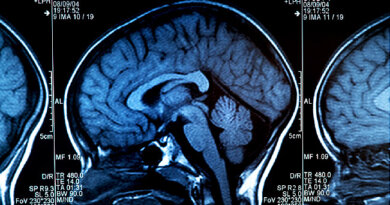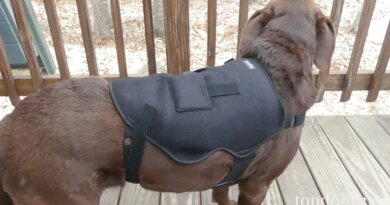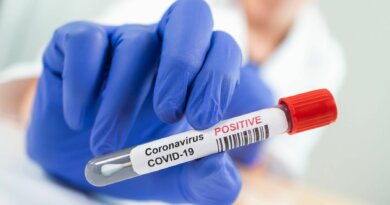Being a Young Adult With Ankylosing Spondylitis
By Steff Di Pardo, as told to Kara Mayer Robinson
I’m a 26-year-old writer and content creator living in Toronto. When I was 22, I found out I have ankylosing spondylitis (AS).
When I was diagnosed, it was a struggle. I didn’t want it to be a lifelong condition. I just wanted answers. I was depressed for a few months afterward. I felt like I was floating through life.
I shut myself out for a while. I didn’t tell my friends. I felt like I needed to deal with what I was going through on my own. When I did tell them, some didn’t understand, but others were understanding and accommodating.
Emotional Challenges
There have definitely been a lot of downs when it comes to my AS.
I felt isolated from my peers, especially at first. It was really hard to see my friends do the things I was no longer able to do, like partying, sports, working out, and traveling. I felt angry, upset, and frustrated.
I’ve had trouble working, so I work from home now. I used to work at a restaurant, but I had to leave that job. I found freelance work has been the most accommodating for me. There are no fixed schedules and I can rest when needed. I can also work from my bed, which helps.
I manage the downsides of AS with a lot of self-care and therapy.
For me, self-care is putting on a show or watching Twitch and connecting with my online friends. I’ll also listen to music, journal, do word searches, take a bath, and things like that to work on my self-care.
I try to talk out my difficult feelings with a friend, parent, or therapist. I sometimes write about my feelings.
Managing AS Every Day
My two main symptoms are chronic pain and chronic fatigue. The fatigue plagues me much more than the pain.
I currently take a biologic through an injection I get once a month. It goes into my thigh or stomach.
Fatigue limits me the most because when I have it, I’m unable to do anything. I need to go to bed and either rest or sleep until I gain a little more energy. If I do go out for a day and I’m busy, it’ll take a few days of rest and recovery to get back to my normal level of energy again.
I want to be doing the things I used to be able to do, but I can’t. Sometimes I have to stay in bed. Other times, I have to modify what I’m able to do.
As I’ve gotten older and been on treatments, I’ve been able to do more in my life than I was able to do at the beginning. Using my cane or walker, or sometimes my wheelchair, helps me be more active. I can leave the house with my mobility aids, as opposed to not being able to leave at all. This helps my mental health.
Coming to Terms With My AS
I get my support from my friends, family, and my therapist. I find it so important to have a good support system because AS has affected my mental health greatly over the past 5 years.
I’ve accepted that this is my life. I’ve worked a lot on myself and managing better. When I’m feeling down, my self-care practices help me feel better.
The upside to this illness is the friends I’ve made. Instagram has an amazing community for chronically ill people, and I’ve made countless friends on the platform while advocating for my disease. I don’t know where I’d be if I didn’t find Instagram and all the people that come with it.
My Advice for Others
Having AS deeply affects you as a young adult or a teen. It affects every single aspect of your life.
As a young adult, I wasn’t equipped to be thrown into the chronic illness life. Chronic illness involves pain, fatigue, and lots of doctor appointments. It affected me mentally and physically, as well as financially and socially.
My advice for anyone who’s newly diagnosed would be to find a platform like Instagram, Facebook, Twitter, or TikTok and find the support you need. It greatly helped me and my mental health, and I would highly recommend doing the same.




